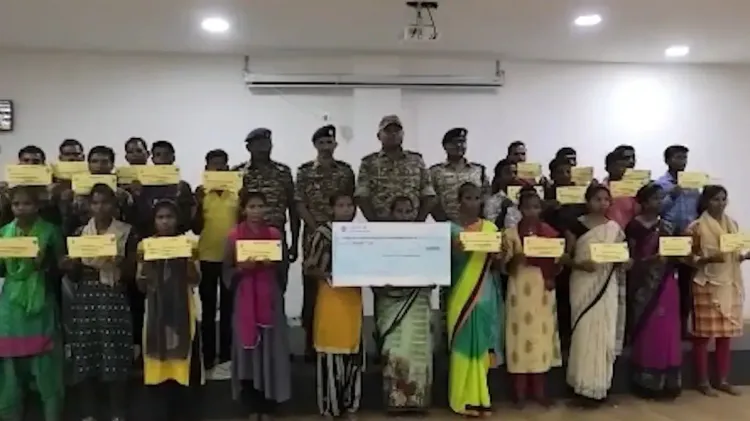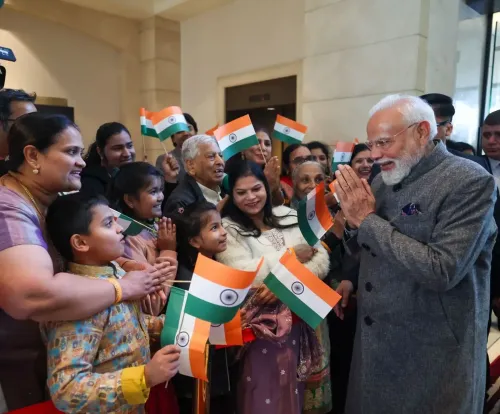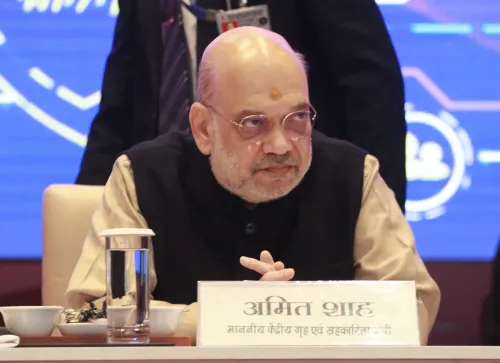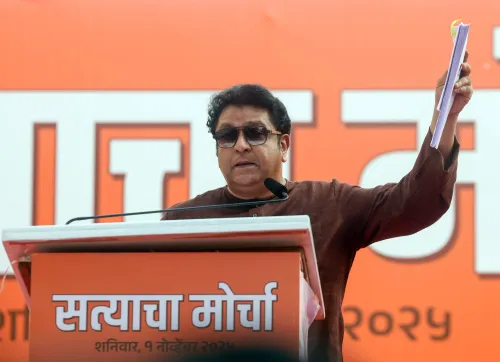Why Did 24 Maoists with a Bounty of Rs 28.5 Lakh Surrender in Chhattisgarh's Bijapur?

Synopsis
Key Takeaways
- 24 Maoists surrendered with a total bounty of Rs 28.5 lakh.
- Includes 11 women among the surrenders.
- Part of a larger anti-Maoist operation with 24,000 personnel.
- Individuals expressed disillusionment with Maoist ideology.
- Government's rehabilitation policy offers support for the surrendered.
Raipur, April 28 (NationPress) In a significant development, twenty-four Maoists have surrendered in the Bijapur district of Chhattisgarh, with a total bounty of Rs 28.5 lakh on their heads, according to officials.
A senior official noted that this surrender aligns with a large-scale anti-Maoist operation involving approximately 24,000 security personnel, which has been ongoing in the Karregutta hills of Bijapur, located near the Telangana border, since April 21.
Among the surrenders were eleven women, as stated by the authorities.
The Maoists reportedly cited their disillusionment with the Maoist ideology, the violence inflicted upon local tribal communities by the extremists, and internal strife within their organization.
They were also motivated by the state government's 'Niyad Nellanar' initiative, aimed at enhancing development in remote villages near security camps, as per police officials.
The individuals who surrendered were linked to various Maoist factions, including the east Bastar division, Partapur area committee, and west Bastar division.
Noteworthy among those who surrendered were Sudru Hemla, a 33-year-old member of the Bhairamgarh area committee, and Kamli Modiam, also referred to as Urmila, aged 36, from the Partapur area committee.
Both carried rewards of Rs 5 lakh each.
Others included Jaymoti Punem, aged 24, carrying a bounty of Rs 3 lakh, and Mangu Punem, aged 21, with a bounty of Rs 50,000.
Additionally, Buchchi Madvi alias Roshni, Sukhmati Ursa, Shamnath Kunjam, Chaitu Kursam, and Somli Hemla, each with rewards of Rs 2 lakh, also surrendered.
Other Maoists surrendering on Monday included Bujji Padam, Sukko Punem, Hidme Veko, Soni Korsa, and Lachha Tati, each having a bounty of Rs 1 lakh.
This recent surrender has increased the total number of Maoists who have laid down their arms in Bijapur to 203 since January 2025.
Furthermore, 90 have been killed and 213 arrested in the district, officials reported.
Each surrendered individual received Rs 50,000 in assistance and will be rehabilitated under the government’s policy.
In 2024, the Bastar region, which includes seven districts like Bijapur, recorded 792 Maoists surrendering, as per police data.










